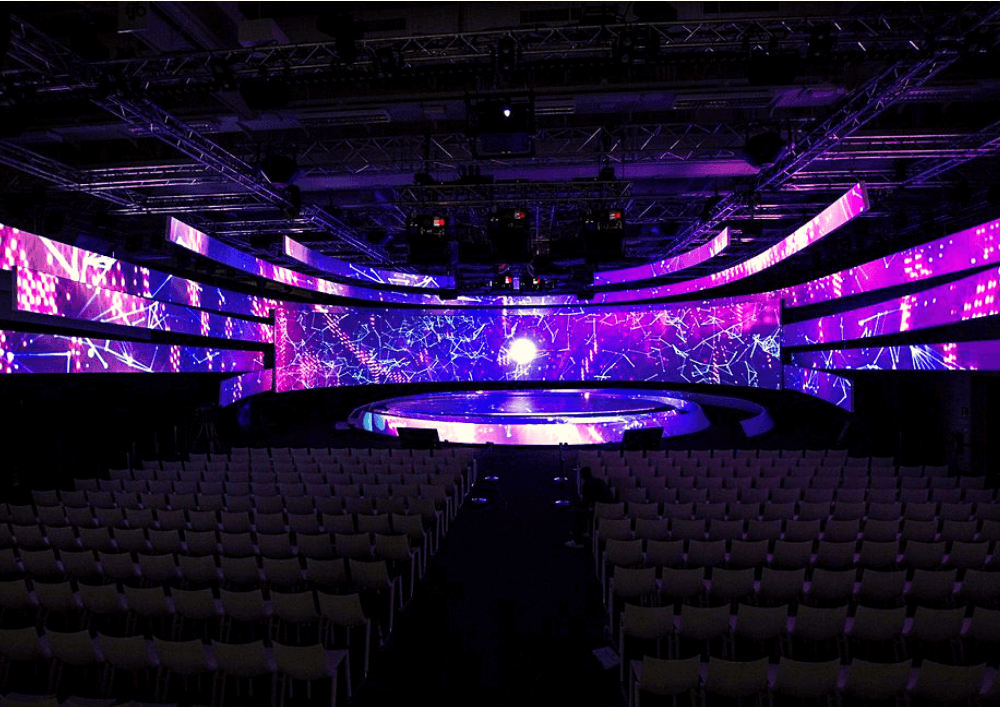LED display screens are increasingly common across different settings, such as music events, sports competitions, as well as business presentations. These large large displays are made up of many small LED panels that function collectively to form a cohesive cohesive image. There are multiple kinds of LED video screen technologies on the market, each with its own characteristics as well as advantages. Understanding these options can assist companies and organizations select the appropriate solution for their specific requirements.

A frequent type of Light Emitting Diode video wall solution is the directly viewed LED. Such solution uses individual Light Emitting Diode units that are placed near in proximity to form a large screen. Directly viewed Light Emitting Diode walls are known for their elevated luminosity and vibrant hues, which makes them perfect for external events or well-lit illuminated settings. They also have a broad sight angle, which means that viewers can see the display distinctly from various locations. Such renders direct view LED screens a favored option for stadiums and external events.
A different type of LED display screen solution is the LED-backlit Liquid Crystal Display. Such solution combines traditional LCD displays and LED backlighting for improved luminosity as well as hue precision. LED illuminated LCDs are often used in interior environments, including retail centers and conference rooms. These displays provide superior visual clarity while are generally more cost-effective than direct view LED screens. Nonetheless, they may often function as effectively in well-lit settings, since the illumination can sometimes dull the hues.
A third option is the OLED video screen. Organic Light Emitting Diode solution offers exceptional differentiation and color depth compared to other types of displays. Each pixel in an Organic Light Emitting Diode display produces its individual luminescence, enabling for genuine dark tones as well as lively hues. This makes OLED display screens particularly attractive for uses which require premium images, such as gallery exhibitions or luxury shopping stores. Nonetheless, Organic Light Emitting Diode technology can be more costly while may not be as luminous as direct view Light Emitting Diode walls, making it less appropriate for outdoor use.
Along with the aforementioned options, various also multiple uses for LED video screens. These displays can be utilized for advertising, entertainment, as well as data display. For instance, businesses often use Light Emitting Diode display walls for digital advertising to draw in customers and advertise goods. Within amusement, weblink these displays enhance the sight experience at concerts as well as gatherings, providing lively backdrops and engaging images. Within corporate environments, Light Emitting Diode video screens can be used for presentations, video meetings, and training sessions, aiding to communicate information in a visually attractive manner.
To summarize, LED display walls come in various types, each with its unique benefits and applications. Directly viewed LED screens are ideal for outdoor applications, whereas LED illuminated LCDs are more suitable for interior environments. OLED display screens offer exceptional visual clarity but may come at a greater cost. Grasping the differences differences can assist entities make knowledgeable choices about the best type of Light Emitting Diode display screen best meets their requirements, whether for promotion, amusement, or business use.
Comments on “A Thorough Comparison of Different LED Display Wall Technologies and The Applications”